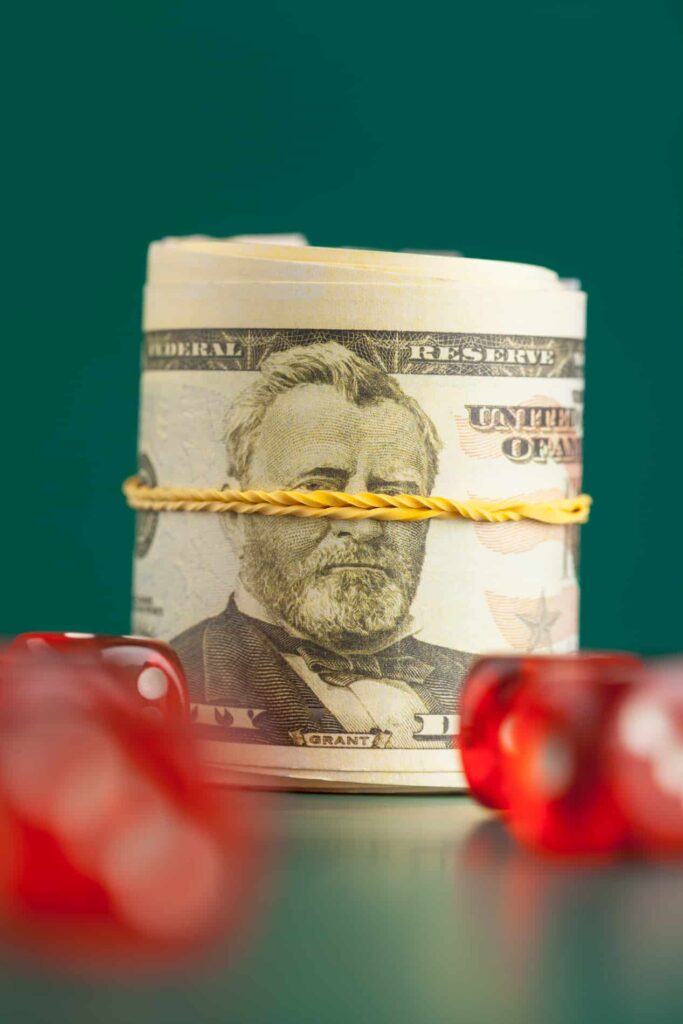Slot machines are designed to be exciting, colorful, and entertaining, but they are also built on psychological principles that keep players engaged for longer periods of time. One of the most fascinating and effective design features is the concept of the near miss. This occurs when the reels stop just short of a winning combination, giving the player the impression that they were close to a big payout. Even though the result is technically a loss, the brain interprets it differently, creating a sense of anticipation and motivating continued play. Understanding how near misses work reveals the intricate connection between psychology and game design in modern slots.
The Psychology Behind Near Misses
A near miss is when the outcome of a slot spin comes very close to a winning combination, such as two jackpot symbols appearing on the reels with the third just missing its place. While the player does not actually win, the visual pattern suggests that victory was within reach. This design is not accidental; it is carefully integrated to stimulate the brain’s reward system. Research in behavioral psychology shows that near misses trigger dopamine release, the same neurotransmitter involved in actual wins. As a result, players feel motivated to continue playing, believing that success is imminent.
In environments such as crypto betting platforms, near misses can be even more impactful. The fast pace of deposits, withdrawals, and rapid spins creates a continuous cycle where players are exposed to near misses more frequently. Combined with celebratory sounds and flashing lights, these almost-wins create an illusion of progress, making it difficult for players to step away. The feeling of being “so close” convinces many that the next spin might be the one that pays off, even though every outcome is independent and random.

The effectiveness of near misses lies in their ability to blur the line between winning and losing. Unlike a clear loss, which provides closure, a near miss keeps the brain engaged, creating tension and anticipation. This psychological trick is one of the reasons slot machines are considered among the most captivating forms of gambling.
Design Features That Amplify the Effect
Modern slot machines are carefully engineered to maximize the emotional impact of near misses. Developers use advanced algorithms to control symbol placement and frequency, ensuring that near wins occur often enough to maintain excitement without undermining the randomness of outcomes. These design choices create the perception that players are frequently on the verge of success, which encourages continued play.
Visual and auditory cues enhance the effect. When a near miss occurs, the reels often slow down dramatically before stopping, building suspense. Lights may flash and sounds may play, reinforcing the idea that something significant just happened, even though the spin did not result in a payout. In many cases, near misses are presented with almost the same celebratory feedback as small wins, further tricking the brain into perceiving progress.
Some games also include bonus features or free spin triggers that highlight near misses. For example, a slot might require three scatter symbols to activate a bonus round. If two appear and the third narrowly misses, the game may add special animations or sound effects to emphasize the close call. These moments heighten anticipation and make players more determined to try again.
By combining mathematics with sensory design, modern slots ensure that near misses are not just random occurrences but carefully crafted experiences that maximize engagement.
How Players Can Stay in Control
While near misses are effective in keeping players hooked, it is important for gamblers to recognize them for what they are: illusions of success. Every spin on a slot machine is determined by a random number generator (RNG), meaning that outcomes are independent of previous results. A near miss does not indicate that a win is more likely on the next spin; it is simply another form of loss.
One of the best ways to stay in control is to set clear limits before playing. Deciding in advance how much money and time to dedicate to a session can help prevent impulsive decisions driven by near misses. Online platforms often provide responsible gambling tools such as deposit caps, session reminders, and self-exclusion options that can reinforce discipline.
Players should also focus on viewing slots as a form of entertainment rather than a way to earn money. Understanding that near misses are psychological triggers rather than genuine progress allows players to approach the game with more awareness. By keeping expectations realistic and practicing bankroll management, players can enjoy the excitement of slots without falling into harmful habits.
Conclusion
Near misses are one of the most powerful psychological tools used in slot machine design. By presenting losses in a way that feels like partial success, they keep players motivated and engaged, often leading them to play longer than intended. The combination of brain chemistry, sensory stimulation, and clever design makes near misses a central part of the slot experience.
In fast-paced environments like crypto betting, where spins and transactions happen rapidly, near misses can be particularly compelling. However, recognizing their role and understanding the underlying psychology is the first step toward responsible play. Slots are designed to entertain, and players who stay mindful of these strategies can enjoy the thrill of the game while maintaining control of their gambling habits.